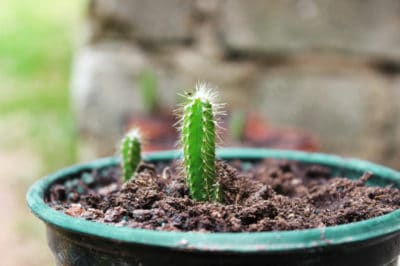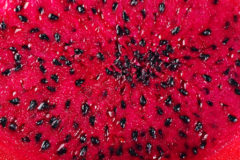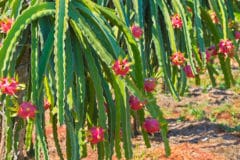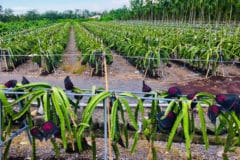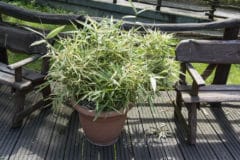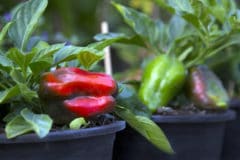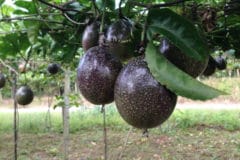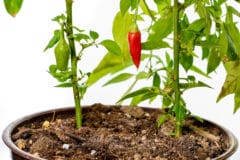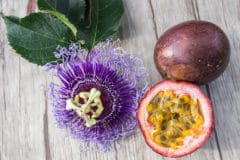Dragon Fruit Climate
Dragon fruit, like most cacti, prefers plenty of warmth. If you garden in USDA Zones 10 or 11, you can grow it outdoors year round. In Zone 9, you should be able to grow it outdoors until the weather starts to cool, then bring it inside to the sunporch or greenhouse for the winter months. In most other zones, you’re unlikely to have enough sunlight or warmth.
Temperatures for Dragon Fruit
Although it is native to Central America and to dry areas, dragon fruit has a more narrow temperature range than you might expect. Here are its preferred temperatures:
- Ideal growing temperature range 65°F (18°C) to 85°F (29°C).
- No lower than 32°F (0°C), as lower temperatures will kill the plant.
- Temperatures above 100°F (38°C) damage fruit and the plant will wilt.
Containers for Dragon Fruit
It’s important to choose a big enough container – in the wild, dragon fruit plants may grow 15 to 20 feet tall. You’ll probably have to prune it to keep it from outgrowing the pot. A container that is at least 10 inches deep and 24 inches wide is the minimum size for a mature dragon fruit plant. This is the equivalent of a 10-gallon pot.
Supporting the Plant
Dragon fruit is a vining plant, although it doesn’t twine or climb like beans. Without support, it will sprawl over the sides of the pot and along the ground. It’s heavy – mature plants may weight several hundred pounds – so a stout post or trellis is necessary. The plant’s branches must be tied to the support with soft cloth or similar fastenings.
Water and Soil
Slow-draining soil and too much water will result in root rot and an early death for your dragon fruit plant. Use a commercial cactus mix or make your own with potting mix, perlite and coarse sand. The container should have several drain holes. Water when the soil is dry. Make sure the water drains freely from the container holes. You could also use drip irrigation.
Locating Your Dragon Fruit
A dragon fruit needs at least six to eight hours of sunlight a day. In very warm climates, however, it may benefit from some afternoon shade. If necessary, move the plant as the seasons change. It may also need shade if the container is in an area that reflects light or warmth onto the plant, such as a concrete patio or asphalt driveway.
